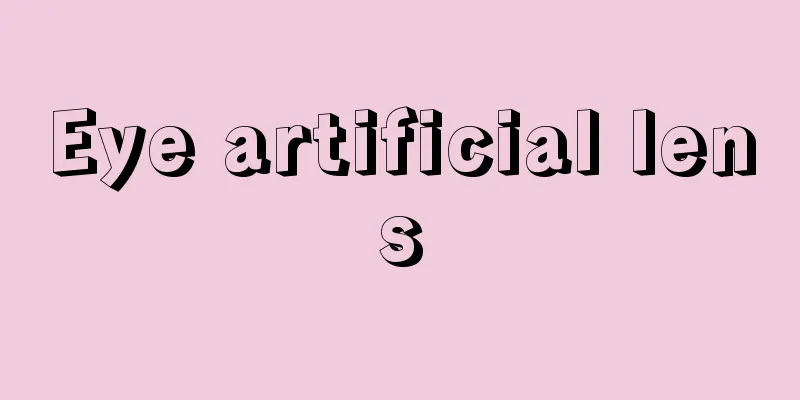Eye artificial lens

|
For some serious eye diseases, the patient needs to have the eye removed. At this time, artificial lenses will be used as a replacement. The artificial lens is a precision optical component composed mainly of protein and water. Therefore, general artificial lenses also have a service life. When the artificial lens becomes fogged or cloudy, it needs to be replaced. Let’s take a closer look at artificial lenses. Artificial lens, also known as intraocular lens, is a precision optical component that is surgically implanted into the eye to replace the removed cloudy lens. The main components of the human lens are protein and water. It will become fogged or cloudy due to aging. The fogged lens will hinder the projection of light and images onto the retina. Eye damage, certain diseases, and even certain drug treatments can cause lens fogging. According to statistics, more than 90% of cataract cases are caused by the aging process that humans must go through. The lens of the eye becomes cloudy, which in turn affects vision. The mechanism is still unclear, and drug treatment has not yet made any breakthrough progress. The only truly effective treatment for cataracts is surgery, which involves removing the lens that has become opaque and replacing it with an artificial lens, called an intraocular lens. Intraocular lens implantation is the most effective means of treating cataracts. Thousands of cataract patients have gained good vision through this safe and effective surgical method. Artificial lens, also known as intraocular lens, is a precision optical component that is surgically implanted into the eye to replace the removed cloudy lens of the eye, which is equivalent to replacing a lens. Classification According to the placement position, it is divided into anterior chamber fixed intraocular lenses, iris fixed intraocular lenses, and posterior chamber fixed intraocular lenses. Usually the best place to place an intraocular lens is in the capsular bag of the natural lens, which is the location of the posterior chamber fixed intraocular lens. According to hardness, they are divided into rigid intraocular lenses and foldable intraocular lenses. Hard intraocular lenses cannot be folded and require an incision the same size as the optic of the lens (about 6 mm) to implant the lens into the eye. In order to adapt to the advancement of surgery, the materials of artificial lenses have been gradually improved, and foldable artificial lenses have emerged. They can be folded in half or even curled up, and implanted with forceps or implanters. After entering the eye, the folded artificial lens will automatically unfold and support itself in the designated position. |
>>: How to make your own VR glasses?
Recommend
The structure of the ear
When we see ears, they are the parts located on b...
Are there any side effects of cervical cancer vaccination? Some may have side effects
Although cervical cancer is a very scary disease,...
The difference between knot pulse and substitute pulse
Everyone should be unfamiliar with knot pulse and...
What body lotion is good for chicken skin? How to choose
For the phenomenon of chicken skin, we can treat ...
How to treat leg cramps?
Cramps are a common phenomenon in life, especiall...
How much does bone cancer treatment cost
Bone cancer surgery is generally targeted at pati...
Is it good for your health to drink light salt water on an empty stomach early in the morning?
Salt is essential for the human body, and light s...
What foods are high in iron? Animal liver, fungus and mushrooms
In fact, there are very few foods that do not con...
In what cases should uterine cancer be checked? There are 4 conditions in the body that require uterine cancer screening
Uterine cancer is a disease of the female reprodu...
How long after teratoma surgery can I drink water
You can drink a small amount of water 6 hours aft...
What is the cause of lymphoma and is it related to white blood cells?
What is the cause of lymphoma? Is it related to w...
Can beef and goose meat be eaten together
Beef and goose meat are meat products that we can...
What is the best treatment for laryngeal cancer
Western medicine mainly treats laryngeal cancer w...
What are the surgical indications for endometrial cancer? Learn about these four categories
The surgical indications for endometrial cancer a...
How to solve the symptoms of liver and gallbladder meridian obstruction?
The function of the liver and gallbladder is to e...









